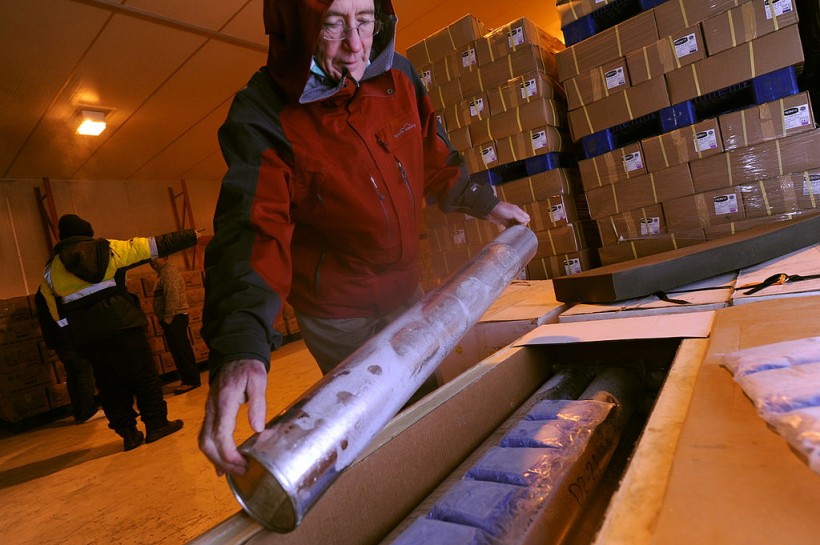The El Niño phenomenon may expedite the collapse of one of the world's last surviving tropical glaciers in Indonesia, forcing it to become extinct by 2026, the country's meteorological service warned.
Indonesia, home to a third of the world's rainforest after Brazil and Congo, expects the dry season to last until October as El Nino increases the risk of forest fires and threatens clean water supplies.
Because of global warming, the glacier on the pinnacle of Puncak Jaya, a mountain in the Papua area, was already melting rapidly, according to the National Meteorology, Climatology, and Geophysics Agency (BMKG).
"The glaciers might vanish before 2026, or even faster, and El Nino could accelerate the melting process," Donaldi Permana, climatologist with the meteorology agency, said in a interview referring to the so-called "Eternity Glaciers."
Read Also: Warning! Remaining Glaciers in the Pacific Will Soon Melt Away
Melting glacier
Puncak Jaya, commonly known as Carstensz Pyramid, is the tallest mountain in Indonesia, standing at 4,884 meters (16,024 feet).
It is part of a range that runs over Papua, a region that shares a border with Papua New Guinea.
The glacier was initially observed by European explorers in the early twentieth century, and its existence in a tropical country has since captivated many scientists, researchers, and nature lovers.
However, due to global warming, the glacier has receded throughout the years.
The strongest El Nio on record, in 2015 and 2016, increased the glacier's decline by up to 16 feet per year, according to the meteorological bureau.
A team of scientists from Ohio State University and the Indonesian agency excavated ice cores from the glacier in 2010 and discovered evidence of its lengthy history, suggesting it had been active for at least 5,000 years.
They also discovered evidence of its vulnerability to climate change.
Global warming not only increased the temperature, but it also changed the altitude at which rain converted to snow. As a result, rain was suddenly falling at elevations where snow had previously fallen, replenishing the ice on the glacier.
"If you want to kill a glacier, just put water on it," said Lonnie Thompson, Ohio State University professor.
Cultural loss
The glacier's demise would also be a cultural loss.
Thompson stressed that indigenous people who lived around the mountain adored it.
"The ridges and the valleys are the arms and legs of their god, and the glacier is the head," he said.
Furthermore, Dwikorita Karnawati, head of BMKG. stated that climate change affects the life of indigenous populations that have long relied on the environment and natural resources in the area.
Another effect of ice melting is that it contributes to the rise of global sea levels.
He noted that the situation needs raising awareness among all stakeholders about the necessity of environmental preservation and protection. Government, society, and the commercial sector should all work together to mitigate climate change.
"We need to continue to maintain and control the rate of temperature increase by transforming fossil energy into more environmentally friendly energy. In the National Long-term Development Plan, we recommend the need for a more systematic program for observing and monitoring environmental parameters," he added in an interview.
Related Article: Landslides Can Influence Glacier Melting and Glacier Movement: New Study
Related Video:
© 2024 NatureWorldNews.com All rights reserved. Do not reproduce without permission.


![Tsunami Hazard Zones: New US Map Shows Places at Risk of Flooding and Tsunamis Amid Rising Sea Levels [NOAA]](https://1471793142.rsc.cdn77.org/data/thumbs/full/70325/280/157/50/40/tsunami-hazard-zones-new-us-map-shows-places-at-risk-of-flooding-and-tsunamis-amid-rising-sea-levels-noaa.jpg)



